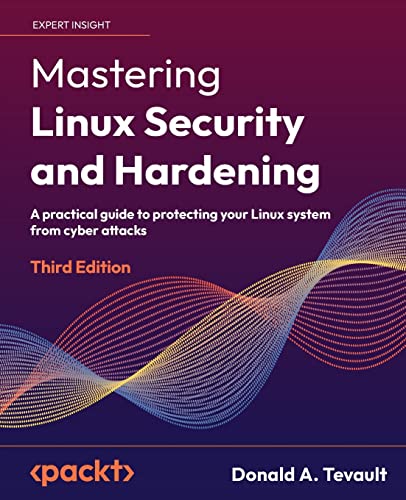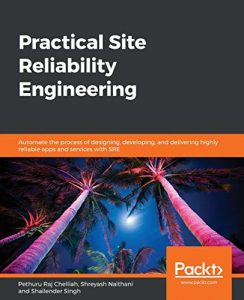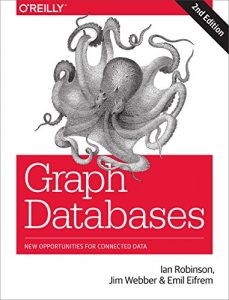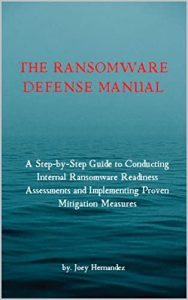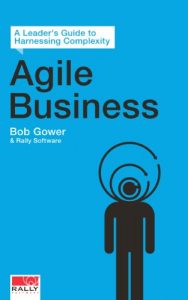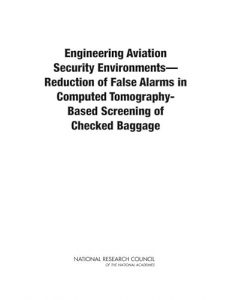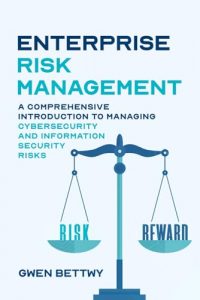Top Ten Must-Read Books for Cybersecurity Enthusiasts
In today’s digital age, understanding cybersecurity is not just for IT professionals but for everyone who uses technology. Here’s a curated list of essential reads that will help you master the intricacies of security and hardening techniques for various platforms.
1. Mastering Linux Security and Hardening: A Practical Guide to Protecting Your Linux System from Cyber Attacks, 3rd Edition
Written by Donald A. Tevault, this latest edition is a treasure trove for Linux users looking to safeguard their systems against cyber threats. It provides practical strategies, deep insights on security protocols, and comprehensive coverage of tools to enhance system security. Whether you are a beginner or an experienced user, this book will elevate your Linux security knowledge to new heights.

2. Mastering Windows Security and Hardening: Secure and Protect Your Windows Environment from Cyber Threats Using Zero-Trust Security Principles, 2nd Edition
This essential guide by Mark Dunkerley and Matt Tumbarello offers practical advice on implementing zero-trust security principles effectively. The book unpacks various attack vectors and provides methodologies to protect Windows environments. This edition is indispensable for system administrators and cybersecurity professionals looking to enhance their security practices.

3. Mastering Linux Security and Hardening
Donald A. Tevault’s earlier work offers foundational knowledge on Linux security for those who may not yet feel equipped. It addresses critical principles and techniques needed to strengthen your Linux system against possible threats. This book is a must-read for anyone serious about mastering Linux security.

4. Mastering Windows Security and Hardening: Secure and Protect Your Windows Environment from Intruders, Malware Attacks, and Other Cyber Threats
Once again authored by Dunkerley and Tumbarello, this book focuses on the persistent threats targeting Windows systems. Offering a detailed examination of malware, network security, and practical defense strategies, this guide teaches users how to create resilient defenses against current cyber threats.

5. Linux® Hardening in Hostile Networks
Authored by Kyle Rankin, this book is tailored for those needing advanced strategies to secure Linux systems in hostile environments. The focus on practical implementations makes it a valuable resource for system administrators who need to protect their servers from cyber adversaries. The book includes robust case studies illustrating potential real-world threats.

6. Mastering Linux Security and Hardening: Secure Your Linux Server and Protect It from Intruders, Malware Attacks, and Other External Threats
This book continues to build on Donald A. Tevault’s previous works, giving readers the confidence to defend their Linux server setups. It provides thorough discussions on intrusion detection systems and threat analysis, making it essential for those looking to fortify their defenses.

7. Hardening Network Infrastructure
Wes Noonan’s guide is a great read for professionals looking to secure their network layers. The book delves into the protocols needed to secure their infrastructure against attacks. Noonan provides extensive practical examples which it is imperative for IT managers tasked with network security.

8. Soft Target Hardening: Protecting People from Attack
Jennifer Hesterman’s book diverges slightly as it focuses not on systems but on physical and human-focused security. It is crucial for organizations looking to implement safety measures against potential threats and attacks, making it a unique addition to any security library.

9. Hardening Linux
James Turnbull’s book offers straightforward insights into the best practices for hardening Linux systems. Although published in 2005, its principles reflect ongoing relevance in system security. Turnbull’s insights are beneficial for newcomers to Linux and seasoned professionals alike.

10. Hardening Your Macs: Keeping Apple Computers Safe at the Hardware and Software Level
Jesus Vigo Jr. presents a compelling read for Apple users. The book provides tactical recommendations to maintain security at both the hardware and software levels. With tailored tips for Mac users, the book is a must-have for those wanting to enhance their Apple device security.

These books represent powerful tools in your cybersecurity arsenal. Whether you are enhancing your system vulnerabilities or learning to protect your infrastructure, each title on this list promises to equip you with essential knowledge you won’t want to miss.

